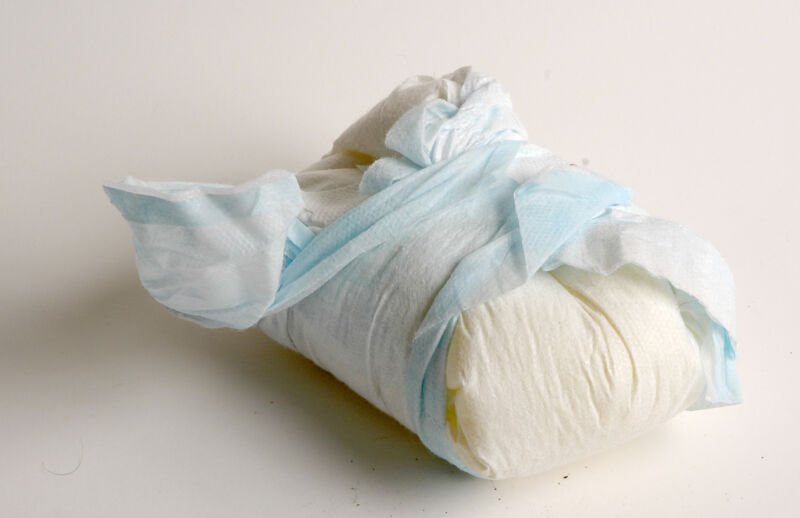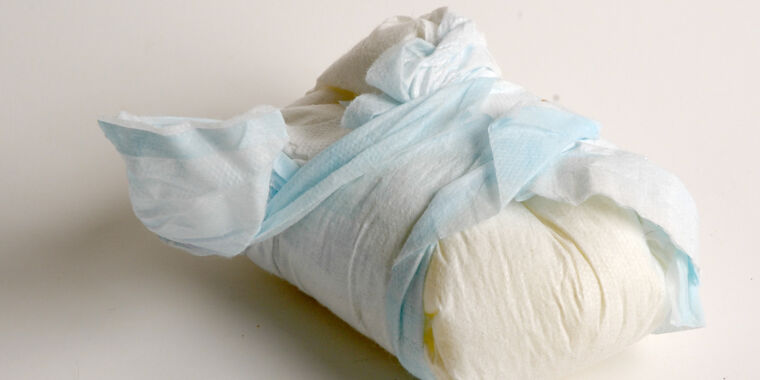
Government construction rules and regulations can be outdated and misleading, insisting on conventional building materials with prices incompatible with building affordable housing. The building regulations proposed by the United Nations decades ago often preclude the use of local, cheaper and environmentally friendly materials.
Lately, certain researchers have speculated that they might be able to solve two problems plaguing fast-growing cities — an abundance of non-degradable waste and a lack of building materials — by folding the former into the latter. Now a team in Japan reports that used, cleaned disposable diapers can be incorporated into concrete and mortar, which would still meet Indonesian building standards. Cheap housing is desperately needed there as the urban population continues to thrive and housing is scarce. It is clear that all the people who move to the cities also bring more waste there.
Diapers are replaced by the fine aggregates normally used in making concrete. The team determined that mortar for structural components, such as load-bearing walls and pavement on public roads, could tolerate up to 10 percent added diaper material. But mortar and concrete for non-structural components, such as non-load-bearing wall partitions and low-impact floor tiles, could tolerate up to 40 percent of their aggregates being traded for diaper material.
Currently, soiled diaper recycling facilities exist only in developed countries. In this study, the diapers were washed, dried and disinfected with sodium chloride. (Presumably because most gut bacteria wouldn’t survive high levels of salt?) Biological oxygen consumption tests showed that concrete made from used diapers contained similar amounts of microbes to concrete made from clean diapers.
Decontaminating the diapers and adding them to concrete is certainly a better option than burning them, which is common practice these days. Hopefully, industrial-scale farmers will take note and try to solve their twin problems: toxic manure lakes in animal-raising sites and the need to apply synthetic nitrogen fertilizers where crops are grown.
Scientific Reports, 2023. DOI: 10.1038/s41598-023-32981-y

